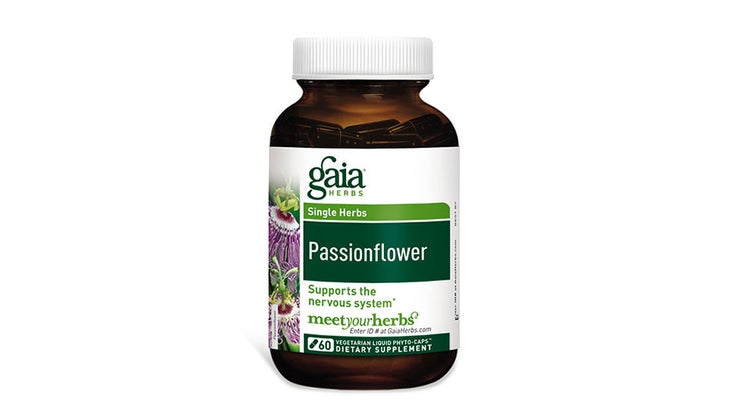Manopause is it real?
Hormonal shifts occur in men, too. Here are some ways to naturally mitigate symptoms Manopause? Really?
Get full access to Outside Learn, our online education hub featuring in-depth nutrition, fitness and adventure courses, and more than 2,000 instructional videos when you sign up for Outside+..
Hormonal shifts occur in men, too. Here are some ways to naturally mitigate symptoms
Manopause? Really? Tell a young man that hormonal changes will one day sap his manhood and he might laugh, think you’re an idiot, or be tempted to take a swing. Whatever the reaction, that conversation isn’t likely to go well, but you’d be telling it like it is. Technically called andropause, from “andros,” ancient Greek for “man,” it describes an age-related drop in testosterone, the key hormone that drives what we think of as manhood.
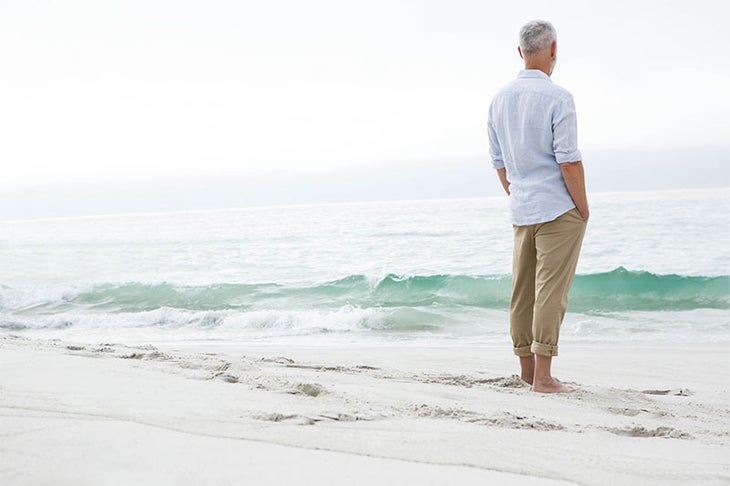
“Male testosterone levels, of course, begin at puberty and they peak, usually, in the early 20s,” says Steven Hotze, MD, founder and CEO of the Hotze Health & Wellness Center in Houston and author of Hormones, Health, and Happiness. “By the time men get to 40, the testosterone level is about half of what it was in their prime—this is in a healthy guy,” he says. Although individuals vary, on average, testosterone drops to about a third of its peak by age 50, and down to a quarter by age 60.
Testosterone decline is a natural progression, but lifestyle has a huge impact on how quickly, and how much, levels of the hormone drop.
Symptoms may affect sexual desire and ability, and much more, including drive, mood, mental function, and overall sense of well-being. “All the things you think of as male pattern behavior, decline,” says Hotze. Fat around the middle, decreased stamina and endurance, muscle loss, sleep problems, bone loss, and enlarged breasts can be other manifestations.
Testosterone decline is a natural progression, but lifestyle has a huge impact on how quickly, and how much, levels of the hormone drop. Toxins, body fat, and poor nutrition are the controllable robbers, says Hotze, and explains why and what a guy can do.
Most diets lack the nutritional building blocks of testosterone—even the healthiest foods fall short.
Toxins
Toxins act as fake estrogens, or xenoestrogens. In a man’s body, there is a natural balance between estrogen and testosterone, but exposure to xenoestrogens disrupts it, lowering testosterone. Top sources of toxins include pesticides, herbicides, and additives in food; toxins in soaps and shaving and grooming products; medications (all contain toxins); and chemicals in home and garden products.
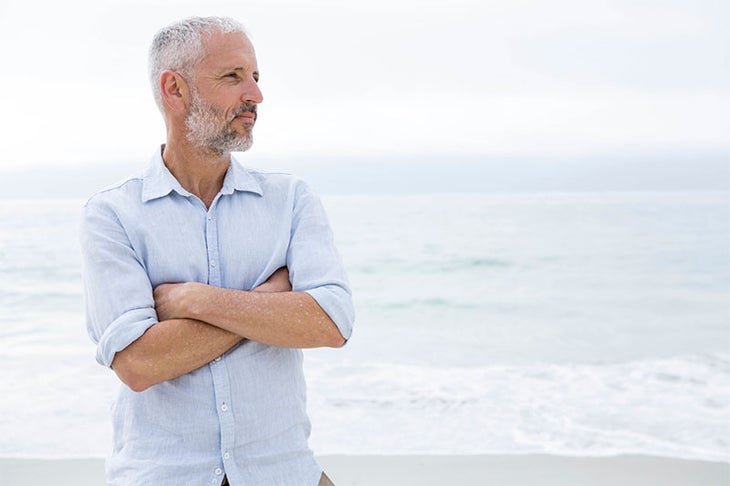
Work-related exposure, such as in a refinery or on a farm that uses agricultural chemicals, can be especially damaging. As an example, one of Hotze’s 28-year-old patients, whose job was spraying pesticides, had the testosterone levels of a very old man.
What to do:
Exposure to toxins can be reduced by:
- Choosing foods and beverages without chemicals, preferably organic.
- Avoiding synthetic scents—in grooming, air-freshening, laundry, and cleaning products. Anything scented, or with “fragrance” in its ingredient list, contains toxins unless the scent is clearly described as natural, usually from essential oils. (Sadly, even new-car smell is toxic—keep windows open whenever possible
to air it out.) - Using natural, toxin-free products for skin and hair, such as soaps, shaving lotions, creams, and shampoos.
- Using natural cleaning products in the home and avoiding synthetic air fresheners and chemical lawn and garden products.
- Using medications only when they are truly medically necessary.
- Where on-the-job expo-sure is unavoidable, fully using protective gear and limiting contact as much as possible.
Body Fat
Excess body fat increases production of an enzyme called aromatase, which converts testosterone to estrogen. Although the conversion is natural in the interplay of hormones, higher levels of body fat shift it into overdrive, depressing testosterone, which then promotes fat storage, which further depresses testosterone.It’s a vicious cycle.
What to do:
There’s no way to mince words about this, says Hotze: For any overweight guy, weight loss
is essential to boost natural testosterone production. To shed body fat, stick with lean proteins and vegetables that are not starchy or sugary (e.g., protein powders, green veggies); avoid potatoes, rice, pastas, breads, and sugar. And get regular exercise—it stimulates natural testosterone production, as well as helping with weight loss and enhancing muscle, strength, and mood.
Poor Nutrition
Most diets lack the nutritional building blocks of testosterone—even the healthiest foods fall short on critical vitamins and minerals because they’re grown in nutrient-depleted soils. Hotze recommends specific supplements in addition to a nutritious diet that doesn’t contain toxins and is low in both starches and sugars.
What to do:
Look for a good quality multivitamin—such as a packet a day or about 6 pills per serving—which contains many of the nutrients below, and take additional supplements as needed to get adequate amounts. To enhance natural testosterone production, Hotze recommends these daily amounts:
- Zinc: 30 mg.
- Vitamin D3: 2,000 IU but also get blood levels tested.
- Vitamin A: 5,000 IU.
- Vitamin C: At least 500–1,000 mg.
- Magnesium: About 5 mg per pound of body weight—for example, 1,000 mg for a 200-pound man. If loose stools occur, cut back on the amount you take. A multivitamin won’t contain enough.
- B complex: 50 mg of the main B vitamins, and the methylcobalamin form of B12.
- Vitamin E: 100 IU of mixed tocopherols.
- Selenium: 50–200 mcg.
- Saw Palmetto: As a separate supplement, take 160 mg, twice daily, to block excess conversion of testosterone to estrogen.
Ayurvedic Supplement Boosts Testosterone
A purified mineral extract from the Himalayas, used for thousands of years in traditional Ayurvedic medicine, has been shown to boost testosterone among healthy men between the ages of 45 and 55. The supplement, a proprietary form of the herb shilajit called PrimaVie, was tested in a study of 75 men, published in the First International Journal of Andrology: Andrologia. Compared to a placebo, 250 mg of PrimaVie, taken twice daily, boosted testosterone levels by about 20 percent after 90 days of consistent use. Look for shilajit supplements that list PrimaVie as an ingredient in the product’s Supplement Facts.
When All Else Fails…
For some, even the best nutrition and exercise program may not be enough. Testosterone replacement is an option, says Hotze, but should always be done with bioidentical testosterone, meaning the form of the hormone naturally found in men’s bodies, not synthetic versions. Optimum testosterone replacement therapy, he emphasizes, requires a doctor who is trained in testing for free testosterone, as well as total testosterone, and prescribing bioidentical hormones. Unfortunately, most doctors are not trained in this specialty.
For more information and to find knowledgeable physicians, visit:
- Hotze Health & Wellness Center, hotzehwc.com
- The Institute for Functional Medicine, “Find a Practitioner,” functionalmedicine.org
Product Picks for Hormone Balance in Men
Naturade Vegan Smart All-in-One Nutritional Shake
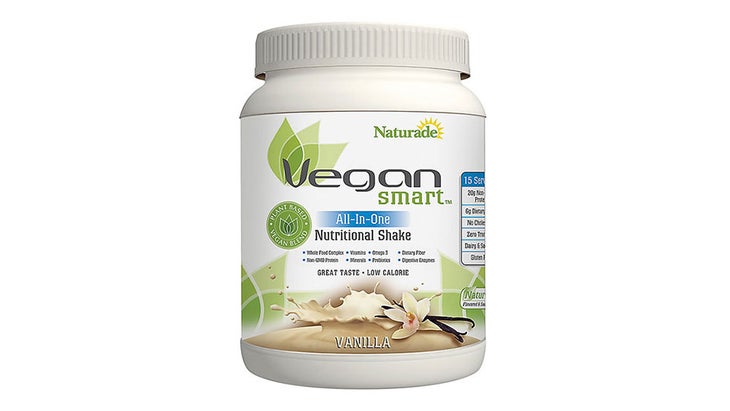
Life Extension Two-Per-Day Tablets (with PrimaVie)
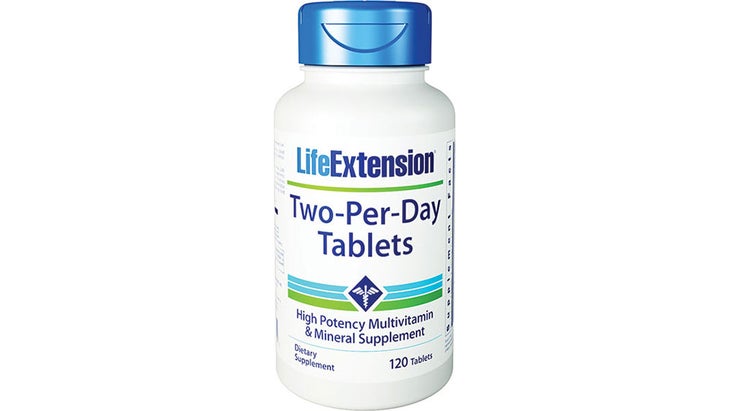
The Vitamin Shoppe Mytrition Men’s 50+ Personal Packs
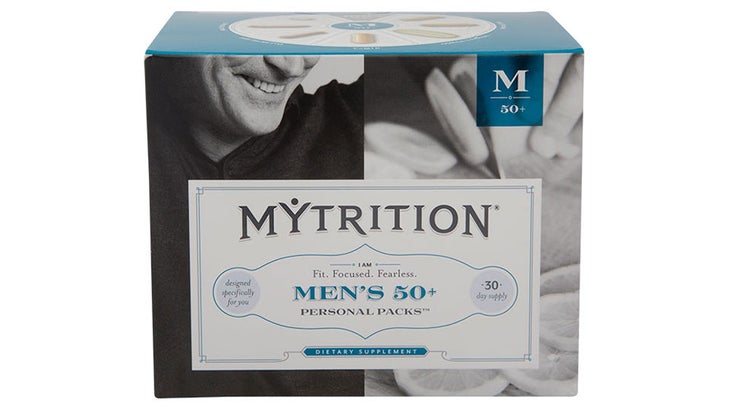
BioXGenics High Test
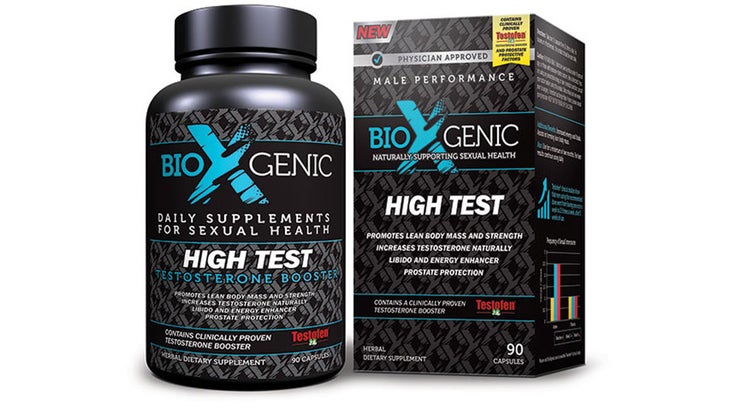
Gaia Herbs Saw Palmetto
